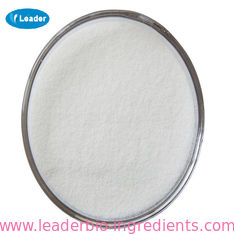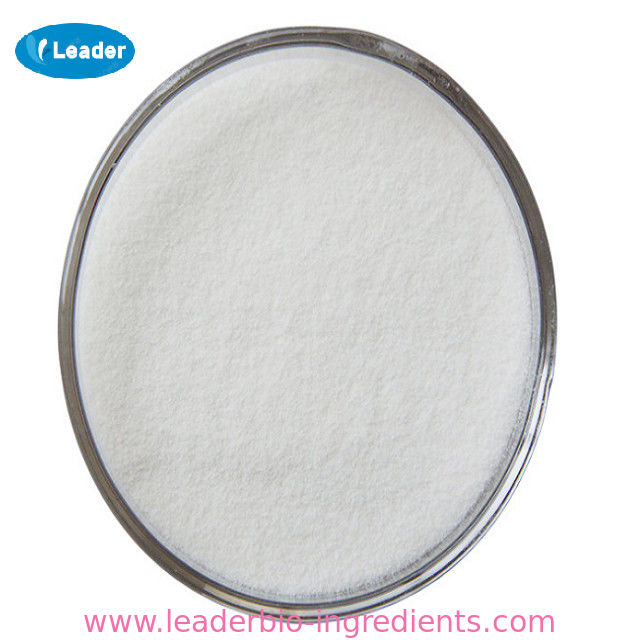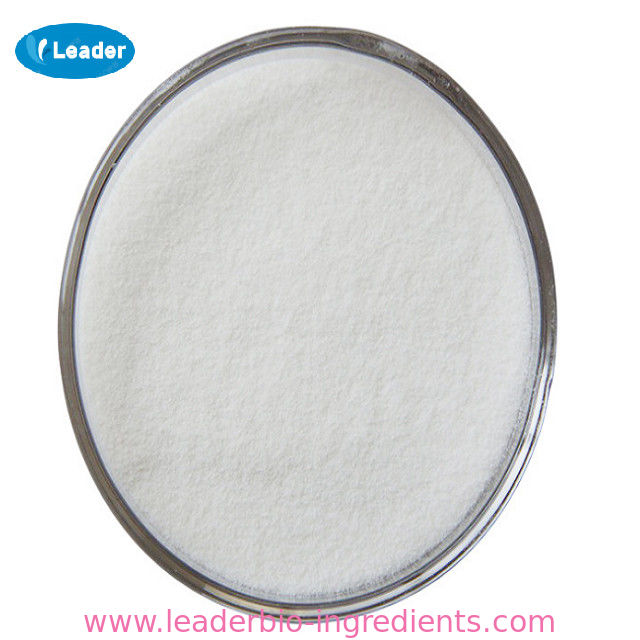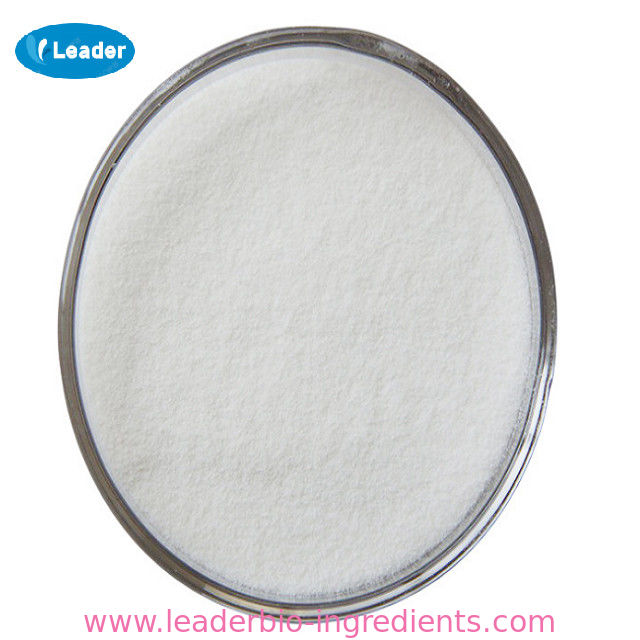| Description |
Glycyrrhizic acid is a kind of anti-inflammatory triterpene glycoside extracted from the licorice root. Inside the body, it can be metabolized to glycyrrhetinic acid which inhibits the 11-beta-hydroxy dehydrogenase and some other enzymes related to the cortico metabolism. Glycyrrhizic acid has various pharmacological effects including suppressing hepatic apoptosis and necrosis, anti-inflammatory and immune regulatory actions, antiviral effects, antineoplastic and anticancer effects. It is the active ingredient of licorice root which is commonly used in the treatment of acute and chronic liver injury, viral hepatitis, hepatic steatosis, liver fibrosis, hepatoma, viral myocarditis and other diseases such as psoriasis or prostate cancer. Glycyrrhizic acid is also widely used as a sweetening and flavoring agent in food. |
| References |
https://www.ncbi.nlm.nih.gov/pmc/articles/PMC4052927/
https://pubchem.ncbi.nlm.nih.gov/compound/Glycyrrhizic_acid#section=Top |
| Chemical Properties |
White to off-white powder |
| Chemical Properties |
Glycyrrhizin, also known as glycyrrhizic acid, is a glycoside isolated from the roots of licorice, Glycyrrhiza glabra L. For improved water solubility, an ammoniated salt is commonly used. This can be in the form of either ammonium glycyrrhizinate or monoammonium glycyrrhizinate. |
| Uses |
Glycyrrhizin is a flavorant and foaming agent derived from the separation of flavonoids found in the whole licorice extract from the licorice root glycyrrhiza glabra. It is 50–100 times as sweet as sugar, is soluble in water, and has a licorice taste. It has good heat stability but prolonged heating can result in some degradation. It is stable within ph 4–9; below ph 4 there could be precipitation. It has foaming and emulsifying properties in water, being used in cocktail mixes and soft drinks. It is used as a flavorant in bacon and imitation whipped products. It is synergistic with sugar, the sweetness being amplified to 100 times that of cane sugar alone. It is used as a sweetener in sugar-free chewing gum and low-fat sugar-free frozen desserts. It is also termed ammoniated glycyrrhizin. Monoammonium glycyrrhizinate is obtained by additional refinement. |
| Uses |
glycyrrhizic acid is a hydrolyzed glycyrrhizin. It is credited with antiinflammatory and anti-allergenic properties. Studies comparing glycyrrhizin with hydrocortisone found glycyrrhizin to be somewhat milder but longer lasting in effectiveness. once the application of hydrocortisone is suspended, the symptoms return. This does not appear to be the case with glycyrrhizin. It does not have side effects and is chemically stable so it can be safely used on a continuing basis. |
| Uses |
11beta-hydroxy dehydrogenase inhibitor, antiinflammatory, expectorant, antihaemorrhagic, anti-HIV |
| Uses |
Glycyrrhizic acid is a triterpene saponin used in the traditional Chinese medicinal preparation for its anti-inflammatory , antiulcerous and antiallergic effects. |
| Definition |
ChEBI: A triterpenoid saponin that is the glucosiduronide derivative of 3beta-hydroxy-11-oxoolean-12-en-30-oic acid. |
| Safety Profile |
Poison by intravenous route. Moderately toxic by ingestion and intraperitoneal routes. Human systemic effects by ingestion: somnolence and changes in the metabolism of phosphorus, When heated to decomposition it emits acrid smoke and irritating fumes. |




